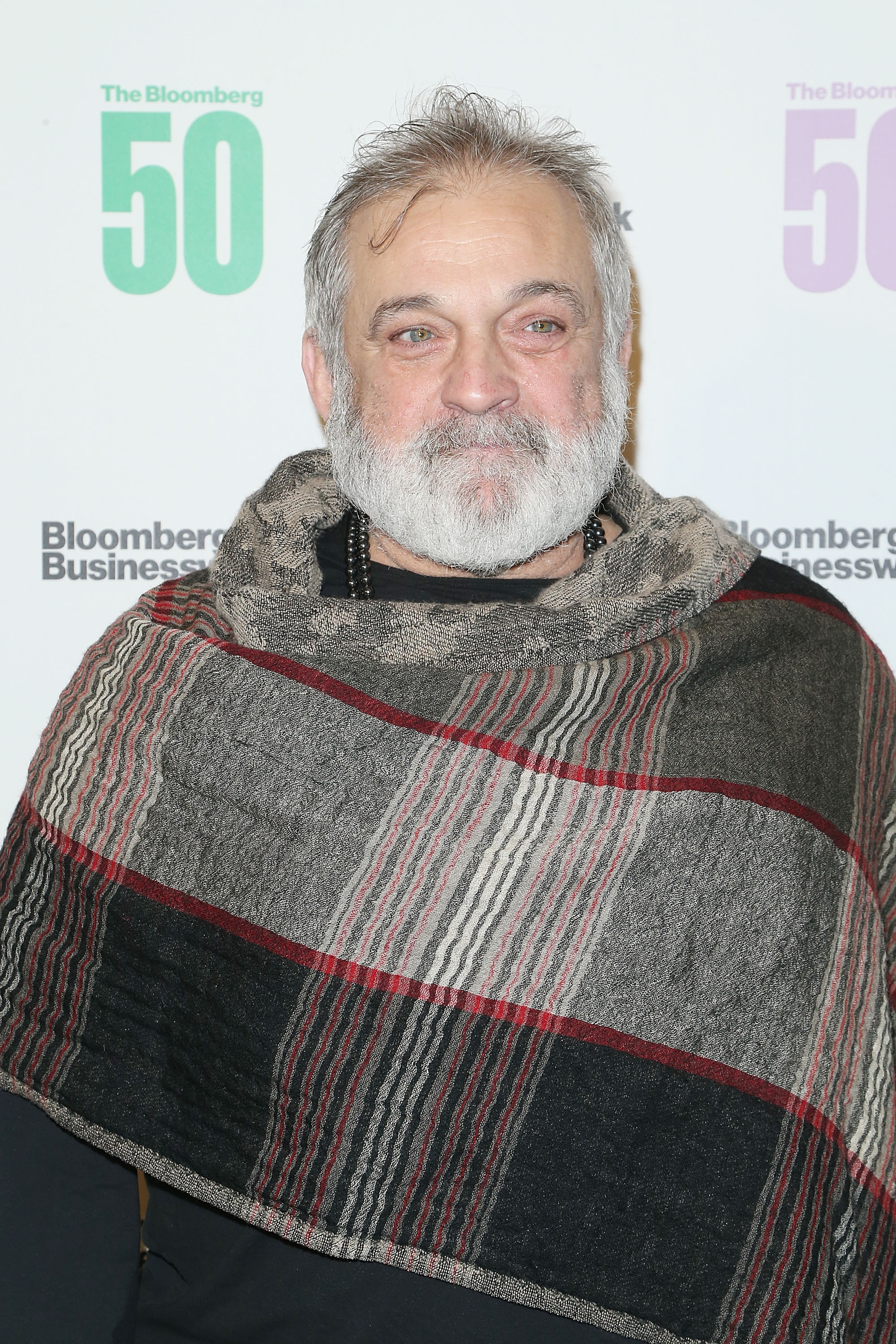
The choreographer, dancer and teacher Mark Morris, 63, has a new memoir, [tempo-ecommerce src=”https://www.amazon.com/gp/product/0735223076/ref=as_li_qf_asin_il_tl?ie=UTF8&tag=time037-20&creative=9325&linkCode=as2&creativeASIN=0735223076&linkId=4b2e67e8c7d1f532aea080d4a033062b” title=”Out Loud” context=”body”], in which he describes in detail his at times wild ride from young flamenco dancer in Seattle to one of the U.S.’s most prolific and well-known creators of dance, founder of the Mark Morris Dance Group and an eponymous dance school. He invited TIME to his New York City apartment during a break from his choreography duties at the Metropolitan Opera to discuss his book, his reputation as “difficult” and his plans to still be releasing new dance routines after his death.
Early in Out Loud you note that you dislike being asked whether dance is improvised or choreographed. Why? There isn’t an answer. It’s a mix of whatever technique I need to get across something I’m still working out. I love it when people think they put on music and you dance around. That’s what kids do. If it looks like that, I’m really happy.
You also write that you’re not interested in self-expression but expressiveness. What’s the difference? Nobody really cares about how you feel about the thing you’re doing. It’s the product. It involves you but it isn’t your personal story.
Why do you say that the Etch a Sketch is the most appropriate device for recording dance? I always fake-quote Balanchine. He said that a show should be like a meal; you serve it up, it’s gone. Consumed by ear and eye. I don’t want it to last forever. The blast in to the music fading out, resonating into nothing is wonderful. That’s the best sunset in the world.
As a teen, you drew a lot of sexual attention from older men, which to some people would seem traumatic. How did you feel about it? Well, that’s a complicated thing because there was no such thing as a queer until recently. If you gave a blow job, you were gayish, and if you got one, you were just a man. At 14, I was just thinking this is great. I didn’t feel that anything horrible had happened to me. I still don’t.
You say that all your work aspires to be like Kolida folk dancing, which you studied and performed as a teen. How? It has to do with touching other people and looking at them and singing and moving in rhythm. There’s nothing better. You adjust to everybody all the time. It is not tribal, but it’s communal and familial and generous.
Where do you see the most exciting future for dance? Cross-fertilization is fascinating. What people call cultural appropriation, I’d just call culture because there’s never been any other kind, frankly. It’s not like I’m stealing this from you. It’s like, here try this. It’s not necessarily fusion. It’s absorption and adaptation.
Do you mourn the loss of your physicality? Do you dream of being able to do those leaps? No. No, no, no, no, no. I don’t want to dance now. I teach classes. I get my performance rocks off just by doing what I do. I like to watch other people. I like to watch my own work. But I don’t want to warm up forever. I don’t want to spend all my time recovering. I don’t want to run from there to there in four bars.
You call yourself an “old mean curmudgeonly perfectionist.” Have you changed? I can be daunting because I’m also scared to death, like everybody else is. So I’m defensive. Intimidating— that’s a word that people use. Well, if you’re so intimidated, don’t work for me. I don’t do stuff that I hate. Or I do enough of what I hate to learn that I still hate it. I’m not awful; I’m not everybody’s dream date.
What happens to the Morris repertoire when Morris is not around? “Dances for the Future” is what happens. I decided to make up dances while I’m alive that will be released after I’m no longer choreographing. I’m a vegetable, or dead, or somehow can’t do it or lose interest. Dances that are completely choreographed, designed, notated in many, many ways in different media. It’s dancers, accompanists, and musicians, designers, lighting, costumes, decor. When somebody leaves the company, she teaches her part to somebody else. I can’t promise they’re great dances. But I never promised that.
Up until recently, you write that Mikhail Baryshnikov was still asking you to create dances for him. Is that still going on? I could call him right now and say get over here for rehearsal . He can’t stop.
What would you put on your gravestone? Years ago I said that when I died, I wanted to be buried in a speed bump, like where the speed limit is 75 miles an hour. It says “the Mark Morris Memorial speed bump.” And everybody would say “F— you, Mark Morris! You’ve slowed me down.” Nobody would necessarily know who I am. That would be great.
More Must-Reads From TIME
- The 100 Most Influential People of 2024
- The Revolution of Yulia Navalnaya
- 6 Compliments That Land Every Time
- What's the Deal With the Bitcoin Halving?
- If You're Dating Right Now , You're Brave: Column
- The AI That Could Heal a Divided Internet
- Fallout Is a Brilliant Model for the Future of Video Game Adaptations
- Want Weekly Recs on What to Watch, Read, and More? Sign Up for Worth Your Time
Contact us at letters@time.com